The time has come to replace the horrible old gas range that came with our house. It appears that all freestanding ranges in my price range have the oven controls on the backsplash, which is a problem for my wife as she’s kind of short and reaching over hot pans to adjust the oven would be hazardous. So I’m looking at slide-in ranges; this will require some modifications to the cabinets and countertop, but that’s fine, I built the things. (Some of said modifications consist of fixing the shortcuts and mistakes I made building and installing them.)
The problem I’ve found is that these ranges appear to all require a gap of 3-5 inches between them and the adjoining base cabinets. This makes no sense to me; isn’t the point of a slide-in that it integrates smoothly into the counter and cabinets? Or is the idea that the countertop and face frame come right up to the side of the range, but the actual cabinet sides are set back?
At any rate, conforming to this requirement would require completely rebuilding at least one of the cabinets, and guess how eager I am to do that. Can I get away with affixing sheet metal or that insulating foil stuff to the sides of the cabinets? Or is there a freestanding range with front-mounted oven controls in the $700-1500, er, range that I haven’t found?
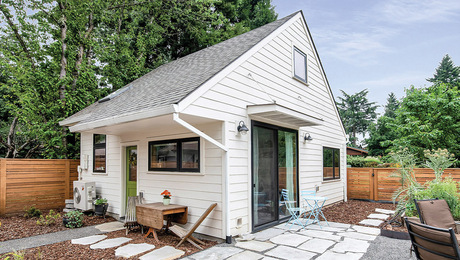

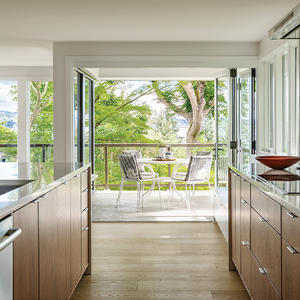
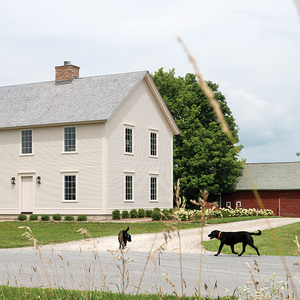
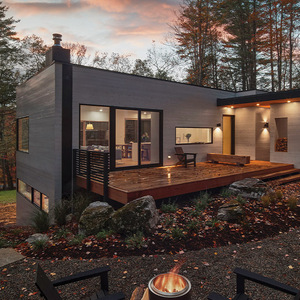
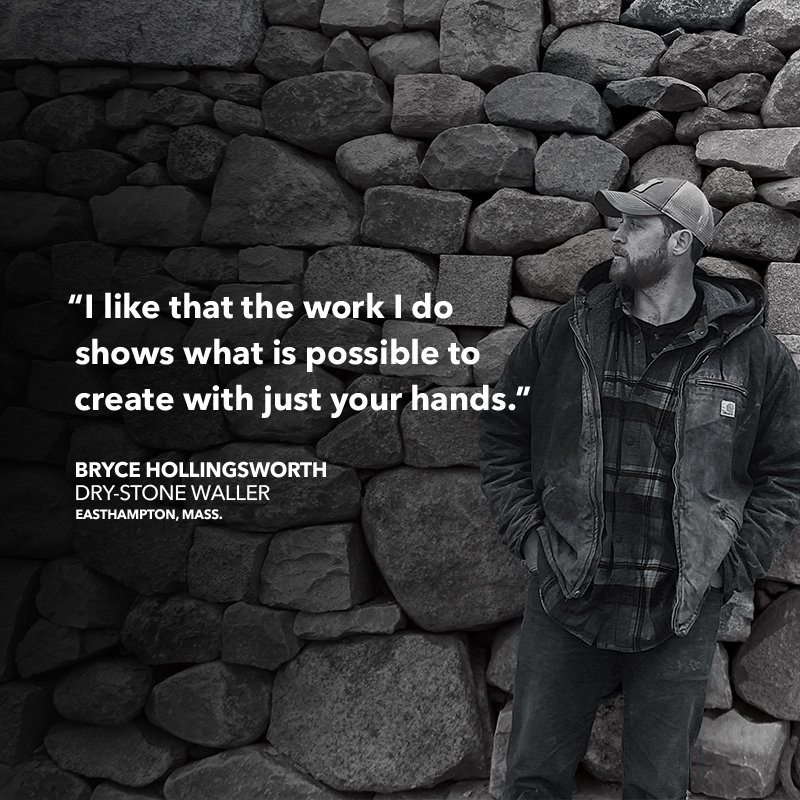













Replies
chip
no offense meant,
but what slide in ranges have you found with the above requirements?
List the make and model.
I've installed a heck of a lot of kitchens and the resultant appliances and have never ever run into a standard slide in range that required a bigger than 30" wide opening between cabs. Further, the only modification you'll need is to get an optional back filler for the gap between the rear of the range and the wall.
On occasion, you'll need to whittle the plastic front corner trims to fit your counter.............
thanks.
Chip
I click'd on your HD link and nothing came up.
Hopefully you found what you were looking for.
Oops, fixed.
Thanks
and make sure to order the optional back filler for the slide-in range............unless you get lucky and it's stock or comes with it. You'll be pissed enough trying to get that range all the way back to the wall..............which it isn't meant to do.
For new countertops, they'll run counter around the backside.
And make sure when you "slide it in" that you're a tad high on the adjustment-then lower it down to the countertop. No need scraping anything up.
P. 4 of that PDF file install manual has the required cabinet opening dimensions you need to study.
Looking at Dimension I it does appear that the minimum clearance to combustible material is 3". This is under the countertop where the slide-in unit's unenclosed sides face the cabinet walls on both sides.
I agree it's a major pain having to face cutting up something you thought you were done with once it was installed. I did that once on a cabinet above refrigerator when we bought a taller unit. Compared to rebuilding your kitchen though after cooking a turkey sets your cabinets on fire? You can do the math.
As you built the cabinets you're the best option for doing any mods needed to meet the install requirements. Were I in your position I'd go the safe route & do it the recommended way.
I've not seen a requirement for open area on the sides of any slide in, free standing or drop in range like what seems to be shown in your example.
I looked at the spec again and see what you are seeing.
However, just above those size and clearance specs there is this line highlighted in RED:
4
IMPORTANT:
To avoid damage to your cabinets, check with your
builder or cabinet supplier to make sure that the materials used
will not discolor, delaminate or sustain other damage. This oven
has been designed in accordance with the requirements of UL
and CSA International and complies with the maximum allowable
wood cabinet temperatures of 194°F (90°C).
Mobile Home - Additional Installation Requirements
The installation of this range must conform to the Manufactured
Home Construction and Safety Standard, Title 24 CFR, Part 3280
(formerly the Federal Standard for Mobile Home Construction and
Safety, Title 24, HUD Part 280). When such standard is not
applicable, use the Standard for Manufactured Home
Installations, ANSI A225.1/NFPA 501A or with local codes.
In Canada, the installation of this range must conform with the
current standards CAN/CSA-A240-latest edition, or with local
codes.
Mobile home installations require:
■
When this range is installed in a mobile home, it must be
secured to the floor during transit. Any method of securing the
range is adequate as long as it conforms to the standards
listed above.
Product Dimensions
*Range can be raised approximately 1" (2.5 cm) by adjusting the
leveling legs.
**When installed in a 24" (61.0 cm) base cabinet with
25" (63.5 cm) countertop; front of oven door protrudes
2
¹⁄₂
" (6.4 cm) beyond 24" (61.0 cm) base cabinet.
Cabinet Dimensions
Cabinet opening dimensions shown are for 25" (64.0 cm)
countertop depth, 24" (61.0 cm) base cabinet depth and
36" (91.4 cm) countertop height.
If installing a range hood or microwave hood combination above
the range, follow the range hood or microwave hood combination
installation instructions for dimensional clearances above the
cooktop surface.
Range may be installed with zero clearance to combustible construction at the rear and on the sides below the cooktop.
I suggest he go to the specific manufacturer of the range he's buying and look closely at their install specs. The one he linked to seems to be a generic HomeDepot. I see no range label denoting the manufacturer............
Now, here's another disclaimer. Recently saw damage to Thermofoil cab doors and drawer fronts adjoining the range and dishwasher. The thermofoil closest to the range side and dw sides were deformed and peeled back a bit-looked like heat damage rather than what is seen when water gets to those style drawers and doors.
But thinking of the above..........what are you going to do-leave a gap of 3" at the range front sides? Now that would be something wouldn't it?
.
above versus below
"Looking at Dimension I it does appear that the minimum clearance to combustible material is 3". This is under the countertop where the slide-in unit's unenclosed sides face the cabinet walls on both sides."
Dimension "I" with the 3" side clearance is an above countertop clearance. Meaning the range has to be a minimum of 3" from the vertical wall of a full-height pantry, refrigerator, or a partition or cabinet sidewall. It has to be 3" minimum from any vertical member that extends above the countertop height due to the presence of an open burner flame.
Below countertop height, the base cabinets with solid sidewalls simply need to be spaced 30" apart.
Perhaps a way to think about it is that from the centerline of the range, below the countertop you need a minimum of 15" to the left and right of range centerline (or a gap of 30") for the range to slide in to. Above countertop height, you need a minimum of 18" clearance to the left and right of the range centerline, or a minimum opening of 36".
mongo
the damn dotted line is the culprit for mis-comprehension.
agree
For grins I looked at another slide in range, in this one though, the left burner is a high-BTU burner so they require more clearance to the left. The right burners are standard BTU. Above the countertop, this range needs six inches to the left, three inches to the right, below the countertop there is no additional clearance needed, just a standard 30" gap from base to base.
http://www.homedepot.com/catalog/pdfImages/0e/0e8de1f9-8dfb-4df2-b82c-aa0bb55004b3.pdf
Agree, lousy drawings.
OK, taking a closer look after reading your post(s) I agree: the dotted line portion for dimension 'I' I'd interpreted as a hidden line, as in beneath the countertop.
I now think the graphic artist responsible for that drawing was in error, as that clearance dimension isn't below the countertop at all.
Still, the recommendation to contact the specific unit's manufacturer (they might even have install specs on-line!!) for unit-specific information is good advice. At minimum, following their recommended guidelines will circumvent avenues they might find to decline a future warranty claim.
Safety first, last & always.